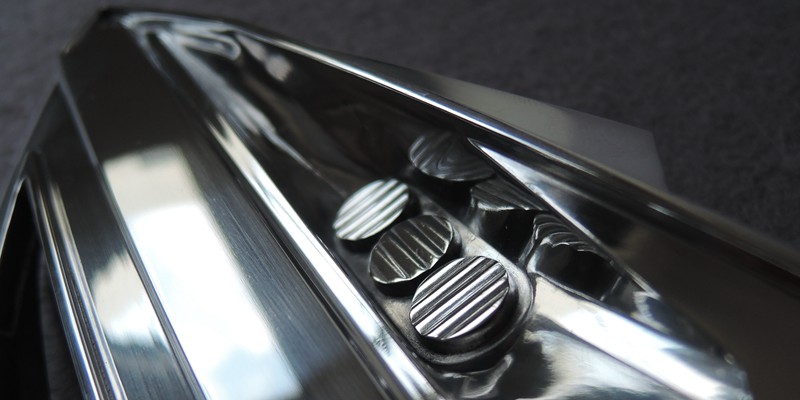- June 30, 2023
Metal products often age or erode over time due to constant exposure to degrading elements such as high temperature, oxygen, and wear. However, metal polishing prevents these components from oxidation and contamination, creating a high-quality surface.
Polishing the surface of metal products requires some level of creativity. This article discusses the benefits of metal polishing, the steps involved, and the types of polishing finish. You will also learn helpful tips for successful metal plate polishing. Let’s get to it!
Benefits Metal Polishing
Metal polishing offers various benefits during metal fabrication, including highlighted shapes, designs, and features. This section will discuss some of the common benefits of metal plate polishing.
1. Product Aesthetics
Generally, machined metal parts don’t automatically get the smooth and appealing surface you commonly see on them. The abrasive wheels of the polishing machine smoothen the machined components’ rough surfaces. It removes the scratches, imperfections, tarnishes, and nicks on the machined component’s surface, ensuring a smooth and glossy surface.
However, the desired specifications for product aesthetics may determine the processing time and cost of metal parts.
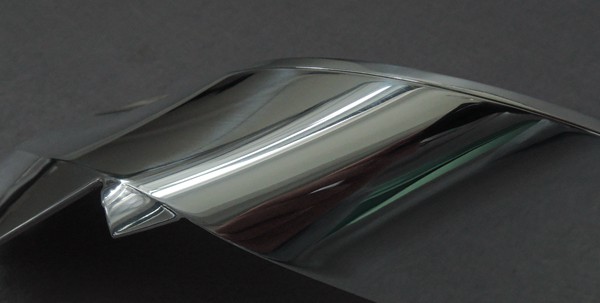
2. Provides a Protective Layer
Metal polishing, like titanium polishing, offers more significant benefits beyond improving the surface quality of your metal products. Polished metals perform better and appear good longer than unpolished metals.
Polishing’s abrasive process helps to resist contamination and oxidation on metal surface finish. It provides a protective layer of metal, usually a reflective surface capable of reducing wear and tear or corrosion.
3. Improved Light Reflection
The surface of polished metal parts shines brighter and more vibrant resulting in effective light reflection. Hence, this property is beneficial in applications requiring highly reflective properties, including architectural elements, jewelry, and decorative items.
4. Better Functionality
Metal polishing improves metal components’ functionality in specific applications such as precision instruments and machinery components. Polishing eliminates all surface imperfections, achieving a smooth and even finish. Additionally, metal surface polishing reduces friction, improving overall performance and conductivity.
5. Increased Cleanliness
The metal polishing techniques give your parts the appropriate finish, preventing the risk of bacteria and germs, which could damage and worsen the surface. In addition, you can easily clean and maintain properly polished metal components due to their smooth surfaces. It allows efficiency by reducing the required cleaning time for the material.
Furthermore, there is a reduction in the amount of harmful chemicals used in cleaning the metal surface. Meanwhile, some chemicals increase the rate at which the surface of metal parts wears and corrode.
Different Metal Polishing Techniques
Product engineers commonly utilize various polishing techniques to enhance the surface quality of their metal products. Before discussing the different techniques for metal polishing, let’s check the pre-polishing procedure you should know.
Surface Preparation Before Polishing
Preparing the metal surface to be polished properly before polishing is crucial. Here are some steps to follow for better surface preparation:
- Remove Rust or Corrosion: You must remove any rust or corrosion on the surface of a metal part before polishing.
- Clean the Surface: Eliminate any grease, debris, or contaminant from the metal’s surface using a suitable cleaning agent such as a mild detergent.
- Smooth-Out Imperfections: Smoothen all dents, scratches, and imperfections on the metal’s surface.
- Rinse and Dry: You have to rinse off any cleaning agent, abrasives, or rust removal residue after eliminating all imperfections from the metal’s surface. Wipe off and dry the surface thoroughly to avoid water spots and corrosion.
After being ready for the metal surface, this section explores the step-wise guide to metal polishing techniques.
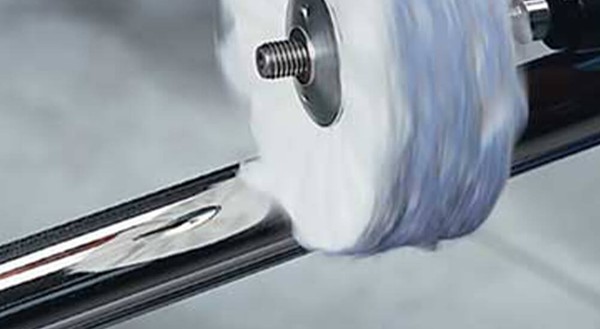
1. Hand Polishing Technique
Hand polishing is a manual technique involving different polishing compounds and tools. It requires direct contact between the metal surface and the polisher. Although hand polishing consumes more time than machine polishing techniques, it provides personalized, controlled, and precise results. Below are the steps involved in the hand-polishing process:
Select and Apply the Polishing Compound
Choose a suitable polishing compound depending on the type of metal and preferred finish. Typical examples of polishing compounds include jeweler’s rouge, metal polishes, and rubbing compounds.
Start Polishing
Rub the metal surface with a polishing compound in a circular or back-and-forth motion using moderate pressure. Polish continuously until you achieve the preferred level of shine. However, you may need to re-apply the compound as necessary.
Clean and Inspect
Clean the metal’s surface with a soft cloth to wipe off residues of the polishing compound once you have achieved the desired polishing. Also, inspect the part’s surface for any imperfections or areas needing further processing.
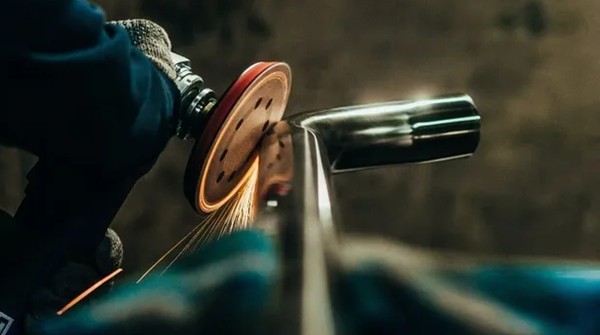
2. Machine Polishing Technique
Machine polishing technique uses power tools such as dual-action or rotary polishers. Metal types compatible with this technique include titanium, nickel, chrome, bronze, stainless steel, and copper.
Manufacturers in various industries such as electronics, aerospace, and medical devices usually use machine polishing techniques for desired results.
Below is a step-wise guide for machine polishing technique:
Choose the Right Polishing Pad
Use the appropriate polishing pad depending on the required polishing level. The various polishing pads suitable for machining polishing include wool, foam, or microfiber pads with varying levels of aggressiveness.
Apply the Polishing Compound
Apply a small amount of polishing compound onto the polishing pad. Ensure you coat the pad evenly but don’t overload the metal surface with compound.
Program the Speed and Begin Polishing
Program the machine polisher to the preferred speed. Then, begin polishing by operating the machine in a slow, overlapping motion across the surface of the machined parts. Apply moderate pressure while polishing and avoid polishing one spot for longer to prevent heat buildup.
Check the Progress
Stop and inspect the metal polishing’s progress periodically. Wipe-off excess polishing compound and check the surface for any defects. Replace the polishing pad if required and regulate the polishing pressure and speed.
Complete the Polishing
Use a soft cloth to clean the metal’s surface to eliminate any residue once you have achieved the preferred level of shine.
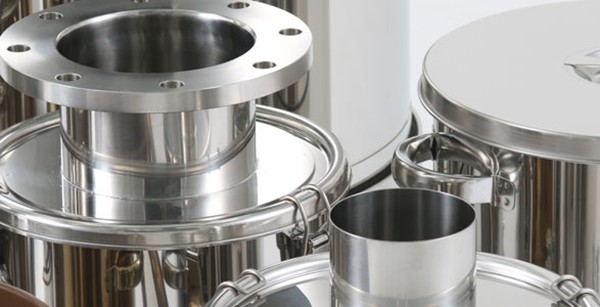
3. Chemical Polishing Technique
This technique involves using specialized chemical compounds to eliminate thin layers of the metal’s surface, providing an improved and aesthetically appealing exterior. The chemical polishing process is an ideal technique for delicate parts. Here is a breakdown of the chemical polishing technique:
Select a Suitable Chemical Polishing Solution
There are varying chemical solutions available for this technique, depending on the type of metals. Etchants are a primary element in these solutions. It selectively dissolves the surface layer of the metal sheet.
Prepare the Solution
Mix the chemical polishing solution correctly by following the provided instructions. Usually, the mixtures involve diluting the compound with a certain solvent or water.
Submerge the Metal Object
Bathe the metal component in the chemical polishing compound. Ensure the metal component is fully submerged and the solution spreads across the metal surface marked for polishing.
Monitor the Chemical Process
You must be very careful with the chemical polishing of metal components because it is a delicate process. Monitor the reaction of the metal parts with the polishing solution. However, the required time for polishing depends on the metal type and the required outcome.
Rinse and Dry
Rinse the metal parts thoroughly with water after removing them from the solution. Then, dry the moist completely to avoid any water spots or corrosion.
Types of Metal Polishing Finishes
There are different types of polishing finishes suitable for your metal products. Let’s check the details.
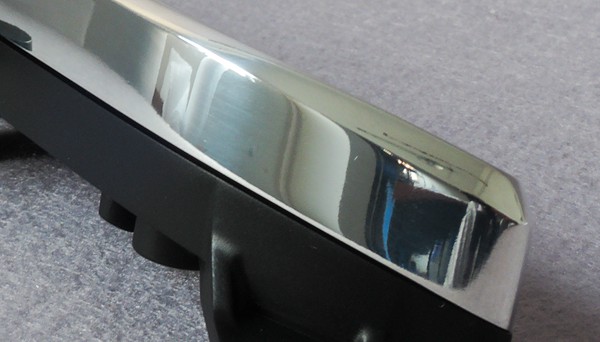
1. Mirror Finish
Mirror or high-polish finish type offers high reflectivity, which is best for stainless steel products. It is an excellent finish for concealing welded metal components, allowing easy cleaning. The process requires careful polishing and buffing techniques. The mirror metal polishing finish gives the final product a reflective surface, almost like a mirror, usually smooth and flawless.
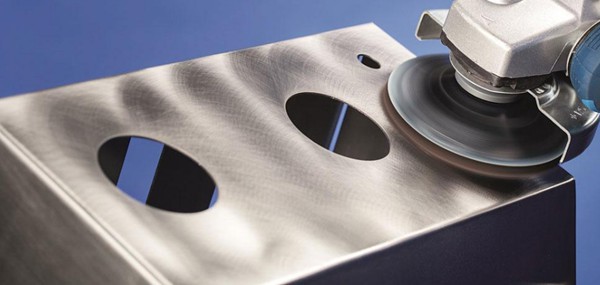
2. Brushed Finish
This metal polishing finish produces an aesthetic pattern comprising delicate parallel lines. It is the perfect finish for parts intended for outdoor or indoor applications where they are exposed to sunshine or bright indoor light. Most kitchen appliances often bear a brushed finish. However, you must use a high-grade abrasive to ensure the lines are uniform.
3. Satin Finish
The satin finish is a standard metal polishing type that offers a toned-down, low-gloss appearance. You can use fine abrasives to polish your metal parts to achieve an even surface with a slight appearance.
This polishing finish result gives the metal a smooth touch and more subtle elegance. The satin finish is suitable for applications requiring a refined appearance, such as jewelry, household appliances, and architectural elements.
4. Antique Finish
Antique polishing finish enhances the appearance of aged or eroded metal with an antique look. This polishing type is applicable to furniture, architectural elements, and decorative items, building a sense of history and character.
You can combine processes such as manual distressing techniques, patination, and chemical treatments to achieve an antique or vintage finish. Depending on the preferred aesthetic, These methods form various effects, including discoloration, tarnishing, or a worn-out appearance. However, the primary purpose is to imitate the natural aging process and equip the metal with a lasting, antique appeal.
Tips for Optimal Results in Metal Polishing
In this section, we explore some helpful tips on how to polish your metal products successfully.
Choose the Appropriate Polishing Tools
Use fast-cutting pastes, and don’t rub a spot for too long to avoid overheating the metal surface for too long. It is advisable to use abrasive discs with polyester films for roughing to achieve uniform roughness levels. Likewise, use reliable wax polish to preserve an already polished metal surface and ensure your abrasive material is not too liquid or too hard.
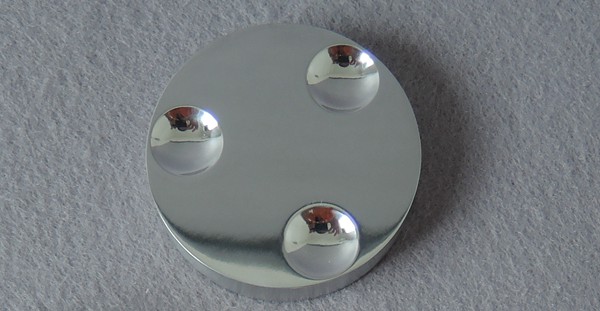
Apply Polishing Compounds Discretely
Constant variation in polishing direction is ideal because it ensures uniformity when polishing components with irregular shapes and sizes. Hence, avoid polishing metal parts in a uni-directional manner. In addition, it is advisable to apply polish across marks and scratches on metal surfaces than along them.
Take Necessary Safety Precautions
Wear the appropriate safety gear during each polishing operation, as the process may be dangerous if you are not protected. Eliminate grease or any other marks on the metal parts with a dry soft microfiber cloth.
Conclusion
Metal Polishing enhances the surface of metal products, giving them the best aesthetic appeal and longevity. More importantly, it improves the functionality of such products. This article has successfully discussed the benefits of metal polishing and how you can get the best from this post-processing method.
WayKen is the right manufacturer to contact if you need the help of professionals machining and polishing your metal projects. We offer reliable CNC metal machining and surface finishing services. Trust us to provide the desired polishing results for your custom metal parts. Reach out to us today, and let’s handle your project!
FAQs
What tool can I use for polishing metal parts?
The buffing wheel is the standard tool for lifting and applying polishing compounds on the surface of metal components. You should apply the polishing compound on the buffing wheel while spinning using an industrial-scale motor polisher or a handheld rotary drill.
How is buffing different from polishing?
Polishing is a subtle process that uses less coarse abrasive material to achieve a shiny and reflective surface. On the other hand, buffing is more intense and involves using an abrasive compound to eliminate marks and scratches. However, the desired result will determine the ideal method for your project between these two.
What are the main reasons for polishing metal products?
Product manufacturers commonly polish metal products to prevent contamination risks of instruments, improve surface appearance, achieve a reflective surface, and resist corrosion.

